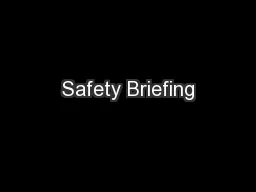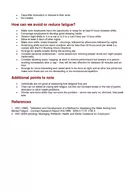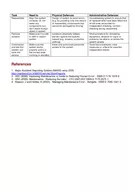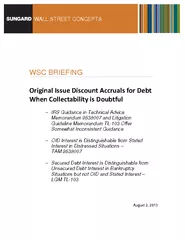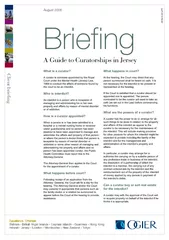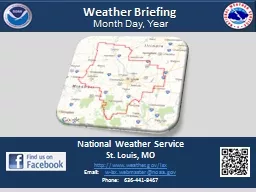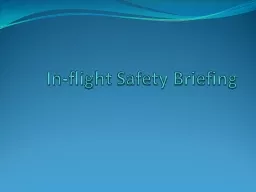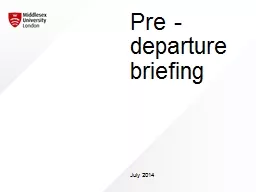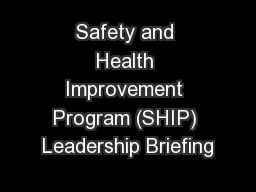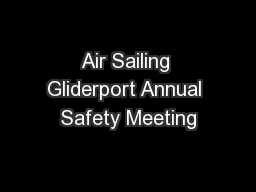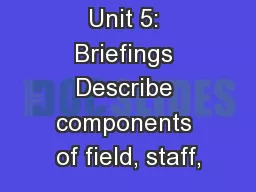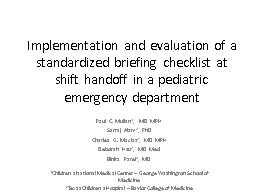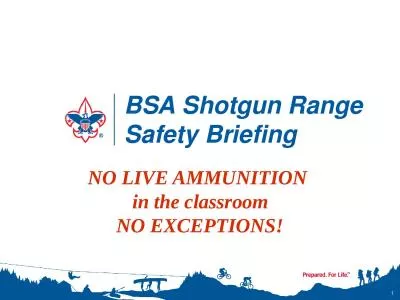PPT-Safety Briefing
Author : marina-yarberry | Published Date : 2017-04-15
Secondary Ones Secondary One Safety Briefing How could this accident have been prevented Throughout the lesson Be serious at all times in the Science laboratory
Presentation Embed Code
Download Presentation
Download Presentation The PPT/PDF document "Safety Briefing" is the property of its rightful owner. Permission is granted to download and print the materials on this website for personal, non-commercial use only, and to display it on your personal computer provided you do not modify the materials and that you retain all copyright notices contained in the materials. By downloading content from our website, you accept the terms of this agreement.
Safety Briefing: Transcript
Download Rules Of Document
"Safety Briefing"The content belongs to its owner. You may download and print it for personal use, without modification, and keep all copyright notices. By downloading, you agree to these terms.
Related Documents

